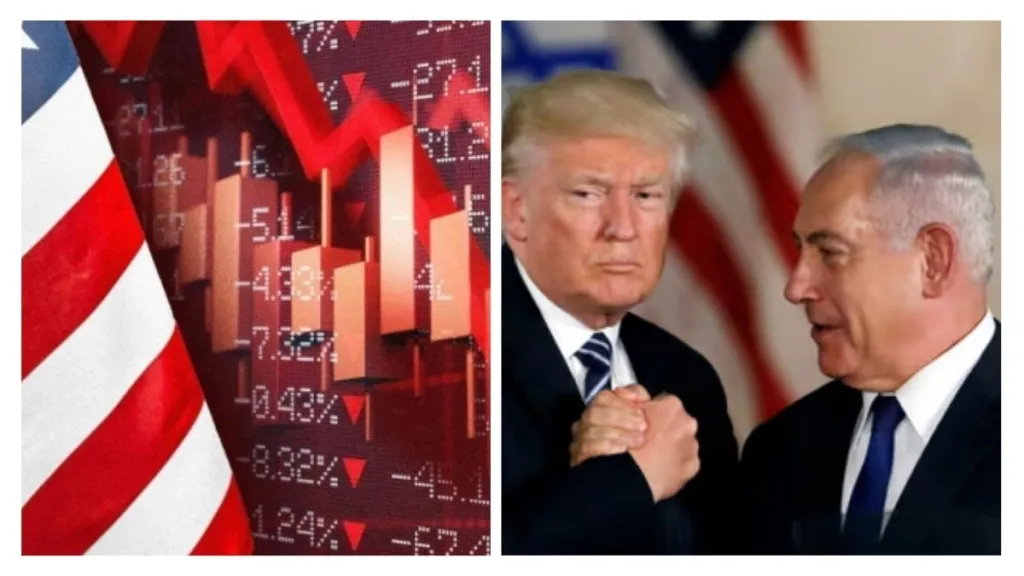
Major U.S. stock indices began Friday’s trading session with significant losses following an Israeli military strike on Iranian nuclear sites, an escalation that unsettled global markets and drove oil prices sharply higher. At the opening bell, the Dow Jones Industrial Average dropped by 388.1 points, or 0.90%, to 42,579.48. The S\&P 500 declined 44.7 points, or 0.74%, to 6,000.56, while the Nasdaq Composite lost 211.6 points, or 1.08%, to 19,450.93. The downward trend coincided with an almost 8% surge in crude oil prices, fueled by growing fears of expanded conflict in the oil-rich West Asian region.
Despite the military escalation, Iran’s national oil company confirmed that key infrastructure—including refineries and storage facilities—remained undamaged and continued to function normally.
The Israeli military launched coordinated airstrikes across Iran early Friday, targeting what it described as nuclear development facilities, missile production centers, and senior military leaders. Israeli officials suggested the attacks were part of an effort to disrupt Tehran’s nuclear capabilities and hinted that further action could follow.
The U.S. distanced itself from the operation, stating it had no role in the offensive. However, former U.S. President Donald Trump took to social media, stating that Iran had failed to respond to a 60-day ultimatum to reach a deal on its nuclear program. He claimed the attack was a consequence of Tehran’s inaction, writing that while there had already been substantial destruction and loss of life, there was still a chance to prevent further escalation. He warned that upcoming operations could be even more devastating.
In response, Iran condemned the attack and vowed severe retaliation, accusing Israel of killing key figures within its military leadership and the Revolutionary Guards. Israel, meanwhile, reported that roughly 100 drones were launched toward its territory as a form of counterstrike—claims that Iranian sources later denied. The situation remains volatile, with international markets closely monitoring further developments.



















